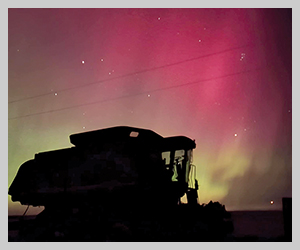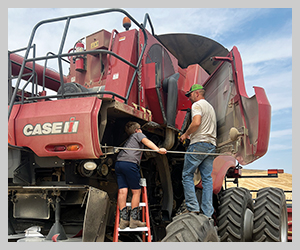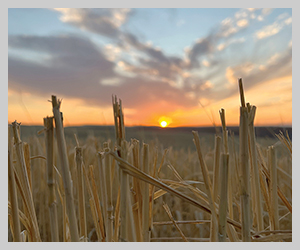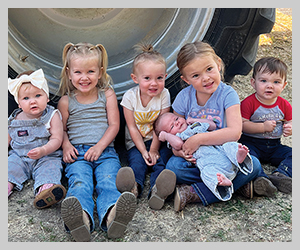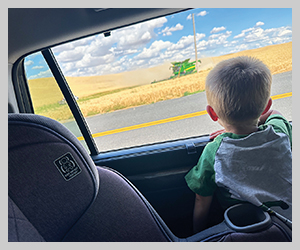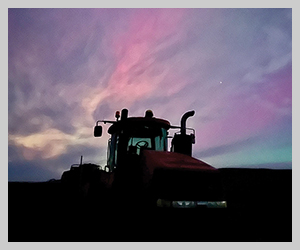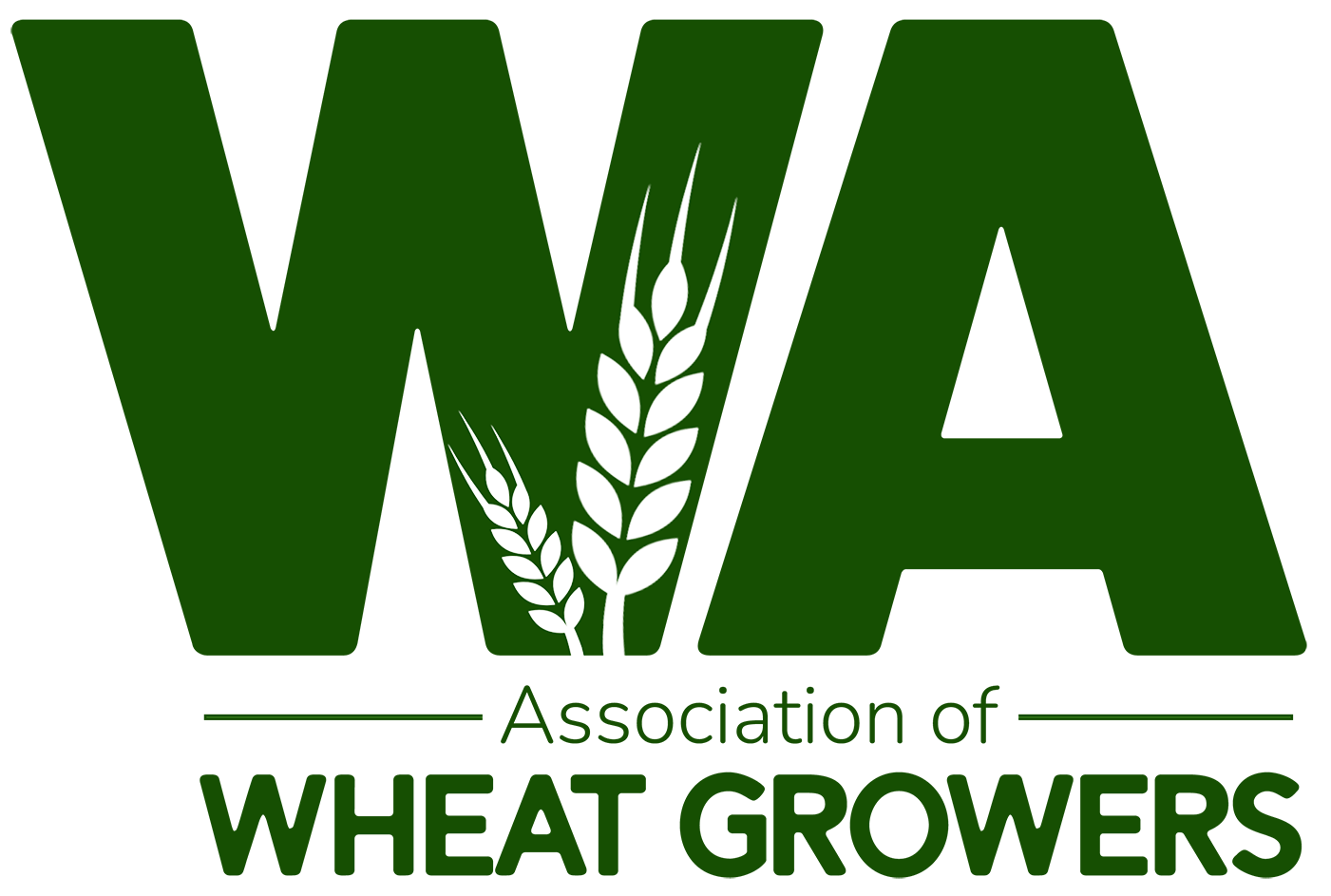
After a winter spent mostly indoors attending meetings, doing paperwork, or servicing equipment, farmers are usually eager to resume fieldwork. But what are those machines out in the field actually doing?
In Eastern Washington, spring comes first in the south. Wheat farmers in Benton and Franklin counties will be out in the fields in March, sometimes even late February if the winter has been mild. Counties in the north, like Grant or Douglas County, are usually weeks behind. Activities are dependent on what crop the farmer will be growing: winter wheat, spring wheat, or leaving the land fallow. In 2022, wheat was planted on 2.3 million acres of Washington land. Of that, nearly 80% was winter wheat.
Winter wheat is planted in the fall to be harvested the next summer. It has the ability to go dormant during the winter and start growing again as the days get longer and the weather warms up. Once the wheat comes out of dormancy, farmers will apply fertilizer and/or pesticides (for insects and diseases) to the growing crop using boom sprayers that can be more than 100 feet wide. The booms — or arms — of the sprayer can be folded to make moving them from field to field easier. Depending on growing conditions and disease pressure, these chemical applications may be repeated as the crop matures.
Spring wheat is planted as soon as the soil has warmed up and the fields are dry enough that equipment won’t get stuck. It is harvested that same fall, usually a few weeks after the winter wheat. Weed pressure can be more intense in spring wheat, since the spring wheat doesn’t have a head start over weeds like winter wheat does. Because of that, growers may have to prepare the fields prior to planting. That could include using a boom sprayer to kill the weeds with an herbicide or cultivating the fields with a tractor pulling tillage equipment, such as a plow or a disc harrow. They may also apply a dose of fertilizer before planting.
Once the fields are ready for the spring crop, planting can take place. While there are many different ways to plant wheat, in general, a tractor pulls a hopper full of grain and uses either air blowing through tubes to distribute seed from the hopper to a seed drill or drops the seeds from the hopper down chutes to the ground. Rollers help open the soil where the seed is planted and then closes the soil over top of the seed. Precision planting equipment allows the farmer to control the depth and spacing of the seeds. Fertilizer may be applied at the same time the seed is planted.
It is not unusual for wheat farmers to have to reseed fields of both winter and spring wheat in the spring. Sometimes, winter wheat will fail to germinate in the fall, maybe due to drought or pests, or it will die over the winter, especially during periods of intense cold with no snow cover. In both winter and spring wheat, if it rains before the wheat seed can germinate and reach the surface, the ground can form a hard crust, preventing the seed from breaking through. Farmers will often reseed in this case.
As with winter wheat, growers may have to apply additional applications of fertilizer and pesticides to spring wheat throughout the growing season.
Many Eastern Washington dryland wheat farmers follow a winter wheat-summer fallow schedule where they let fields sit fallow for a period of time to gather and store moisture for the following wheat crop. It is important to control the weeds on those fields so that they don’t use the moisture and nutrients intended for the wheat crop. During spring, once planting is done, farmers will spray chemicals, such as Roundup, on their fallow fields or use tillage methods to control weeds.
This special section is a collaboration between the Washington Association of Wheat Growers and the Washington Grain Commission. Download a pdf of Seasons of Farming: Spring.
Other articles in the Seasons of Farming: Spring section:



